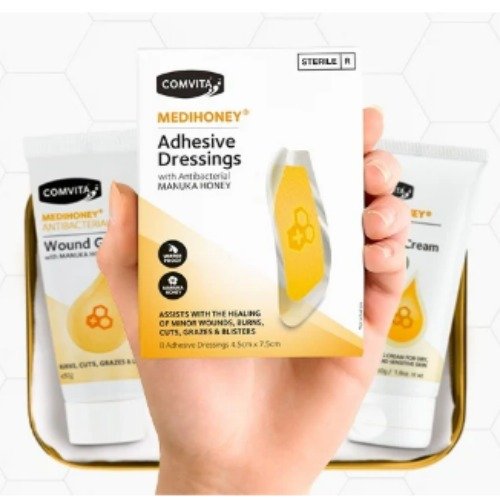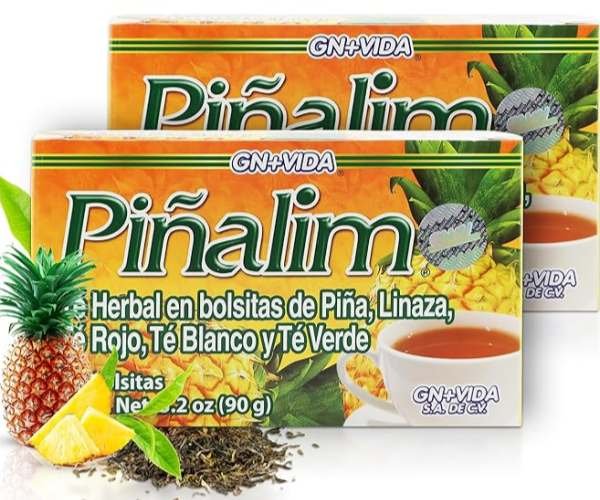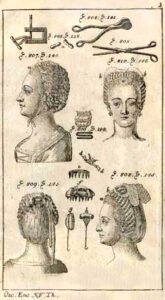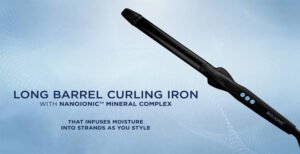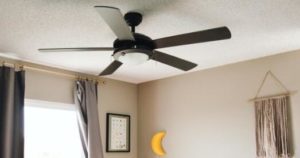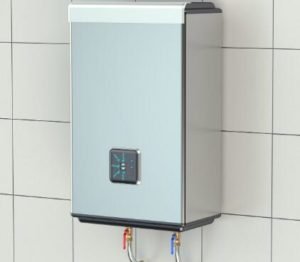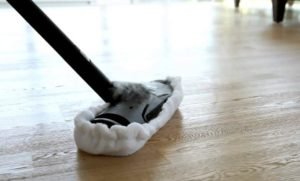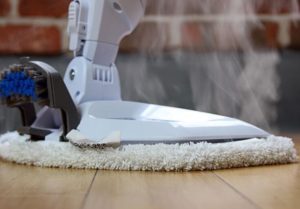If you searched “antibacterial dressing”, “natural wound care” or “what to do with diabetic foot ulcers”, you will most likely be recommended Medihoney, a medical-grade antibacterial dressing with New Zealand Manuka honey as the core and FDA and CE dual certification.
Is it an IQ tax? What is the difference from ordinary honey dressings? Today’s article will explain it all at once, and attach a guide to home use, so that you can buy it clearly and use it with peace of mind.
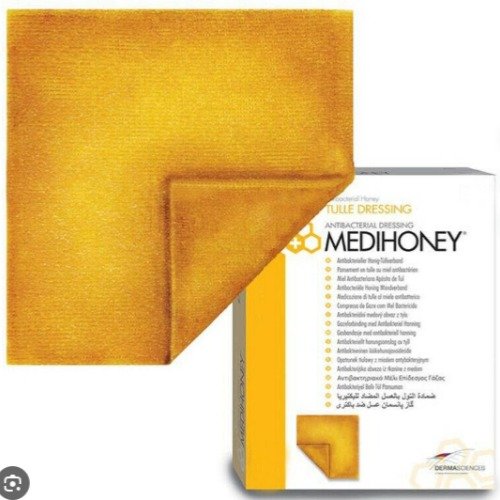
Why is it “medical-grade” honey?
Ordinary honey has a pH of ≈3.9 and contains ≈80% sugar. It naturally has an antibacterial environment, but there are two major hidden dangers:
1. It may contain botulinum toxin spores.
2. The antibacterial activity varies greatly from batch to batch.
Medihoney uses active Leptospermum honey, sterilizes it with gamma rays, removes spores through ultrafiltration, and establishes a full traceability system from beehives → canning → factory delivery to ensure that the MGO (methylglyoxal) content is ≥400 mg/kg. Simply put: it upgrades “natural antibacterial” to “standardized pharmaceutical manufacturing”.
Triple-effect mechanism
Hypertonic dehydration: 80% sugar concentration forms a strong osmotic pressure, which “sucks” the bacteria to death; at the same time, it drains necrotic tissue to achieve mild autolytic debridement.
Low pH environment: pH 3.5–4.5 inhibits protease activity, reduces inflammation, and allows fibroblasts to run faster.
Non-antibiotic sterilization: MGO + hydrogen peroxide synergistically, it is still sensitive to resistant bacteria such as MRSA and VRE, and does not produce drug resistance after long-term use.
Product matrix and applicable scenarios
| Model | Format | Honey Content | Ideal Wounds | Key Features |
|---|---|---|---|---|
| Antibacterial Wound Gel | Tube gel | 80 % | Acute/chronic wounds, burns, post-op incisions | High viscosity, resists wash-out by exudate |
| Tulle Dressing | Paraffin gauze | ≥20 g/piece | Low–mod exudate, sinus tracts, pressure ulcers | Non-adherent, easily cut & packed |
| Apinate Dressing | Alginate + honey | ≈30 % | Mod–high exudate, infected wounds | Converts to gel on contact, maintains moist healing |
| Gel Sheet | Hydrogel sheet | 80 % | Superficial burns, donor sites | Transparent, easy healing progress monitoring |
4. Clinical data
Diabetic foot ulcer: Compared with saline gauze, the Medihoney group healed in an average of 31±4 days, and the control group healed in 43±3 days; the bacterial clearance rate within one week was 78% vs 35.5%, and the number of days of hospitalization was significantly shortened.
Venous leg ulcers: During the 8-week observation period, the wound area was reduced by 46%, the pain score decreased by 50%, and the odor index decreased by 60%.
Pediatric burns: In an RCT of 60 cases, the Medihoney group had a 25% shorter re-epithelialization time and a lower scar hyperplasia rate.
5-step method for home use
- Wash hands → wear gloves
- Clean the wound with saline and pat dry
- Gel type: squeeze out a thin layer (about 1–2 mm) and cover evenly; Oil gauze type: cut and cover the wound lightly
- Add ordinary absorbent dressing or foam dressing to the outer layer, change daily or every other day (depending on the amount of exudate)
- Take photos and record each dressing change. If there is no improvement or redness, swelling, heat and pain in 2 weeks, seek medical attention immediately
FAQ
Q1: Can diabetic patients use it?
A: Yes. Although Medihoney has a high sugar content, it is absorbed very little through the wound surface, does not affect blood sugar, and can reduce the use of antibiotics, but reduces the risk of infection.
Q2: Will it be sticky and stain clothes?
A: Natural wax has been added to the gel formula to increase viscosity; a layer of gauze can be covered on the outer layer to isolate it.
Q3: Can pregnant women/infants use it?
A: There is no contraindication, but large-area burns on infants and young children still need to be treated in the hospital.
Q4: Where can I buy genuine products?
A: Look for the Medihoney® trademark under Comvita, the US FDA NDC number is 0591-3180-05; in China, it can be purchased on cross-border e-commerce platforms such as JD International and Ali Health Overseas Flagship Store.
Real user feedback
@Christine (USA): I had a scratch on my face after laser surgery. I applied a pea-sized amount in the morning and evening. After two weeks, the pigment completely disappeared without scars.
@Ken (outdoor blogger): I broke my knee while hiking. There was no condition for stitches in the deep mountains. I used Medihoney gel + elastic bandage. After 5 days, the scab formed and there was no infection.
@Lily, head nurse (Shanghai tertiary hospital): An elderly patient with pressure sores refused surgery. I used Apinate packing + gel edge closure. The granulation tissue grew from the “crater” to flat. The family members exclaimed it was magical.
Medihoney is not a panacea, but it has made “natural honey” into “evidence-based medicine”. For people with chronic wounds who are worried about the abuse of antibiotics, pursue gentle debridement, and need long-term care, it provides a new option with low drug resistance and low irritation. Next time you treat a wound for your family or yourself, you might as well give this “New Zealand liquid gold” a chance.
…